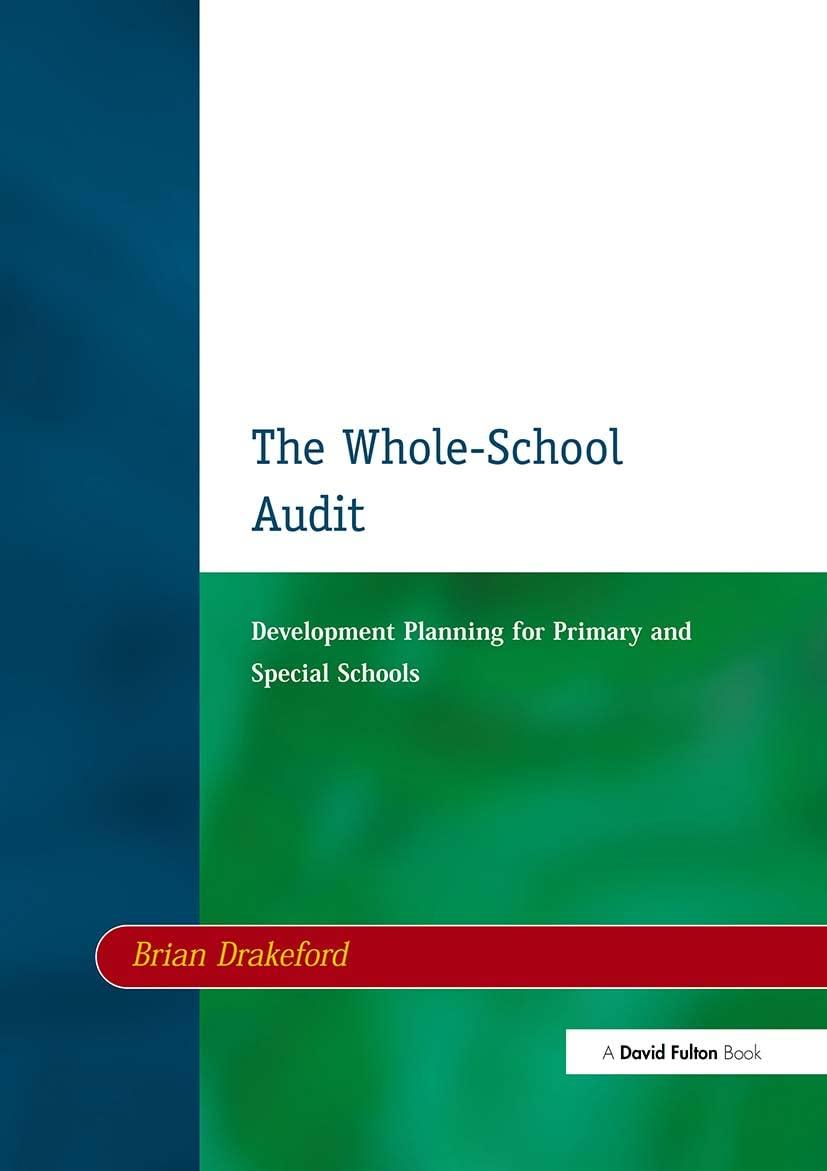. . . Vinci, Inc.'s auditor observes the following related to Vinci's Cash account balance as of 5/31/20. Use this information to prepare a bank reconciliation for Vinci, Inc. Vinci, Inc.'s 5/31/20 Cash Taccount shows a balance of 5452,000 Vinci, Inc.'s bank statement dated 5/31/20 shows a balance of 460,000. Vinci, Inc. incorrectly recorded a credit to Cash for $3,400 on a check that it wrote for $4,300. Vinci, Inc. has deposits of $36,000 that do not yet appear on the bank statement. Vinci, Inc. has not yet recorded bank fees of $800. The bank reports that one of Vinci, Inc.'s customer's check was returned NSF. The check was in the amount of $12,800. Vinci, Inc. has not yet reflected this NSF check in its Cash balance. The bank accidentally recorded one of Vinci's $16,000 deposits twice. Vinci, Inc. has written 548,000 worth of checks that have not yet cleared the bank. Vinci, Inc. has not yet recorded $3,000 of interest revenue related to the bank account. Vinci, Inc. wrote a check and forgot to post the related journal entry to the T accounts. The journal entry that Vinci, Inc. forgot to post was: Dr. Inventory 8,500 and Cr. Cash 8,500 . . . Vinci, Inc. Bank Reconciliation As of 5/31/20 Balance per bank, 5/31/20 Balance per books, 5/31/20 Adjusted bank balance, 5/31/20 Adjusted books balance, 5/31/20 W ... The Accounts Receivable balance for Bach Consulting is $4,400,000 as of May 31, 2020. Before calculating and recording the month's bad debt expense, there is a credit balance in the Allowance for Doubtful Accounts of $80,000. The May 2020 net sales were $30,000,000. In the past several years, 1% of net sales have proven uncollectible. An aging of accounts receivable results in a $360,000 estimate for the Allowance for Doubtful Accounts as of May 31, 2020. PART A: PERCENT OF SALES METHOD Assume that Bach Consulting uses the percent of sales method to estimate future uncollectible accounts. What adjusting entry does Bach make to record May 2020 Bad Debt Expense? What is "Accounts Receivable, net" on Bach's May 31, 2018 Balance Sheet? S . What is "Bad Debt Expense" on Bach's May 2020 Income Statement? PART B: ANALYSIS OF RECEIVABLES METHOD Assume that Bach Consulting instead uses the analysis of receivables method to estimate future uncollectible accounts. . What adjusting entry does Bach make to record May 2020 Bad Debt Expense? What is "Accounts Receivable, net" on Bach's May 31, 2018 Balance Sheet? $ What is "Bad Debt Expense" on Bach's May 2020 Income Statement? 83 + a Problem 3 (13 points) Use PVH Corp.'s financial statement information to answer the following questions. a. Provide the following account balances for PVH (4 points): February 4, 2018 January 29, 2017 Accounts Receivable (gross) Allowance for Doubtful Accounts Accounts Receivable, net b. Which of the above numbers represents the amount of its February 2, 2020 Accounts Receivable balance that PVH expects to collect in the subsequent year(s)? (1 point) c. Which of the above numbers represents that amount that PVH believes it will not collect from its customers as of February 2, 2020? (1 point) d. Which of the above numbers represents the total amount PVH is owed by customers as of February 2, 2020? (1 point) e. Provide the journal entry (both accounts and amounts) that PVH must have made to record its estimate of Bad Debt Expense in fiscal year 2019. (3 points) f. Provide the journal.entry (both accounts and amounts) that PVH must have made to record Accounts Receivable writsoffs, in fiscal year 2019. (3 points) PVH Corp. Financial Statements (partial) As of Feb. 3, 2019 $_452 PVH Consolidated Balance Sheets In millions of dollars As of ASSETS Feb. 2, 2020 Cash and cash equivalents $ 503 Accounts receivable, net of the allowance of $21 million as of 2/2/2020 and of $22 million as of 741 2/3/2019 Inventories 1,616 Prepaid expenses and other current assets 534 Total current assets $ 3.394 778 1,732 277 S 3,239 Notes to Consolidated Financial Statements (partial) Footnote 1. Summary or Significant Accounting Policies 1.1. Description of Business PVH Corp. constitutes a global apparel company with a brand portfolio consisting of nationally and internationally recognized trademarks, including TOMMY HILFIGER, CALVIN KLEIN, Van Heusen, IZOD, ARROW, Warner's, Olga, Trus&Co, and Geoffrey Beene, which are owned, as well as various other owned, licensed and, to a lesser extent, private label brands. The Company designs and markets branded dress shirts, neckwear, sportswear (casual apparel), Scanswear, performance apparel, intimate apparel, underwear, swimwear, swim products, handbags, accessories, footwear and other related products and licenses its owned brands globally over a broad array of product categories and for use in numerous discrete jurisdictions 1.4. Fiscal Year The Company uses a 52-53 week fiscal year ending on the Sunday closest to February 1. Results for fiscal years 2019, 2018 and 2017 represent the 52 weeks ended February 2, 2020, 52 weeks ended February 3, 2019 and 53 weeks ended February 4, 2018, respectively. 1.5. Accounts Receivable An allowance for doubtful accounts is determined through an analysis of the aging of accounts receivable and assessments of sellestibility, based on historic trends, the financial condition of the Company's customers and an evaluation of economic conditions. The Company writes off uncollectible trade receivables once collection efforts have been exhausted and third parties confirm the balance is not recoverable. The Company recorded Bad Debt Expense of S6 million in fiscal year 2019 and 514 million in fiscal year 2018 The Company wrote off $7 million of accounts receivable in fiscal year 2019 and 513 million of accounts receivable in fiscal year 2018. FOC MacBook Air










